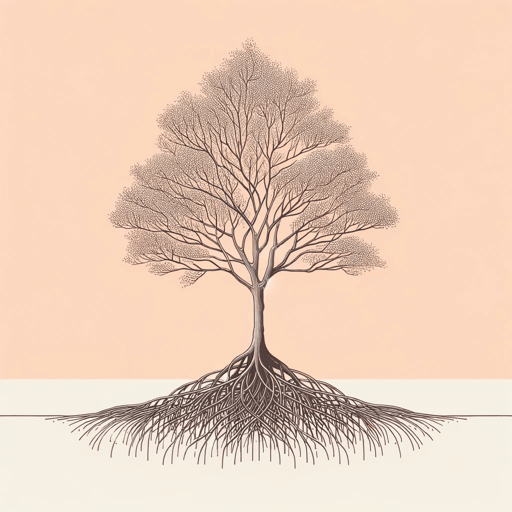42 pages • 1 hour read
Maryse CondéCrossing the Mangrove
Fiction | Novel | Adult | Published in 1989A modern alternative to SparkNotes and CliffsNotes, SuperSummary offers high-quality Study Guides with detailed chapter summaries and analysis of major themes, characters, and more.
Symbols & Motifs
Crossing the Mangrove
Content Warning: The text depicts racism (including colorism, slurs, and outdated terminology), ableism, anti-gay bias, abortion attempts without the mother’s consent, misogyny, and incest, and discusses sati (a form of suicide), sexual assault (including a case involving an underage character), death by childbirth, child death, enslavement, torture, and murder.
The title of Maryse Condé’s novel and Francis Sancher’s in-text novel is the same: Crossing the Mangrove. Yet, when Sancher tells Vilma the name of his book, she responds “you don’t cross a mangrove. You’d spike yourself on the roots of the mangrove trees. You’d be sucked down and suffocated by the brackish mud” (158). Mangroves are tropical plants with elaborate root systems that are sometimes exposed and sometimes submerged under water and mud; they protect land from erosion, and fish and other organisms from predators. Nature is often the subject of Caribbean novels, and roots have taken on special meaning in the African diaspora since the publication of Alex Haley’s novel Roots in 1976. Likewise, Vilma warns Sancher of the danger of mangrove roots, despite seeking to put down roots herself. The mangrove itself symbolizes Sancher, who has returned to his ancestors’ roots (Rivière au Sel) to absolve their sin. During his stay, he provides mangrove-like protection to characters like 








